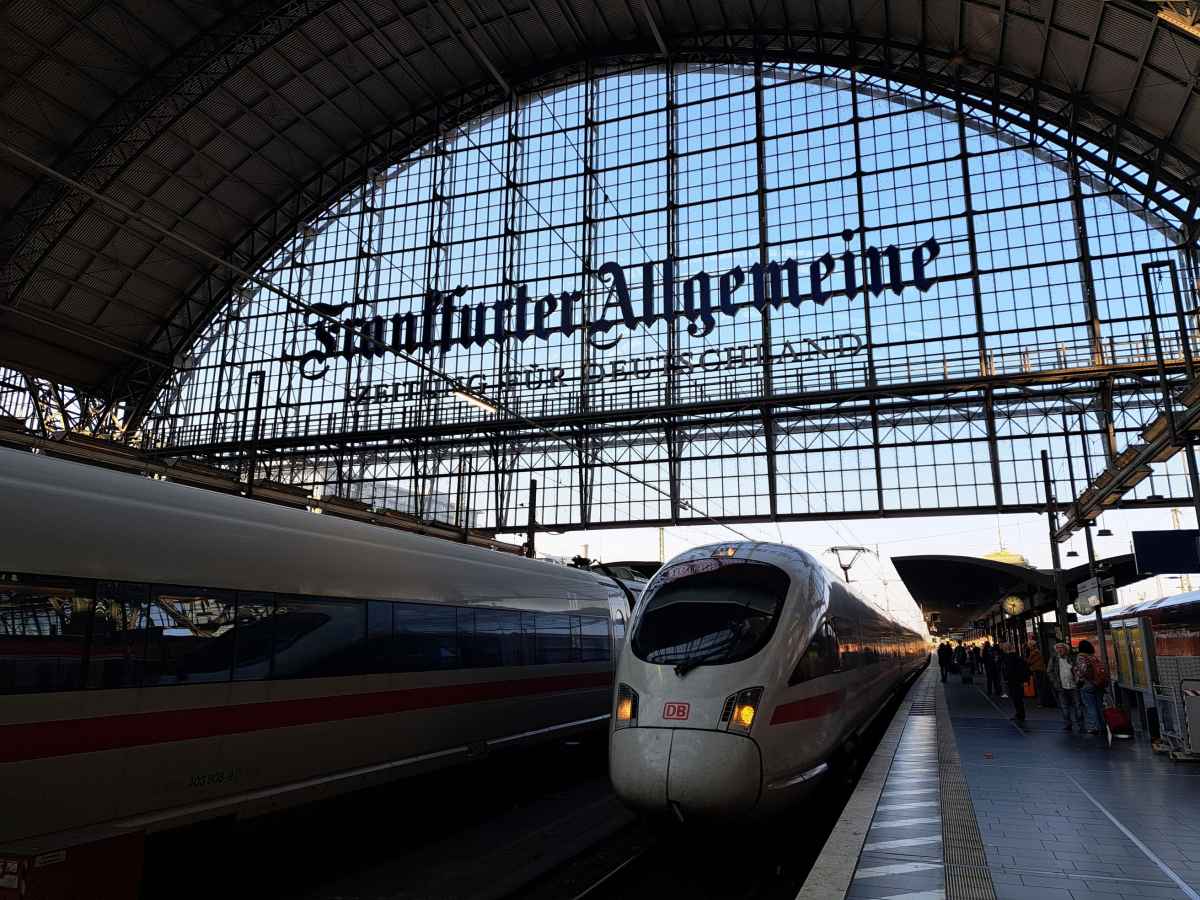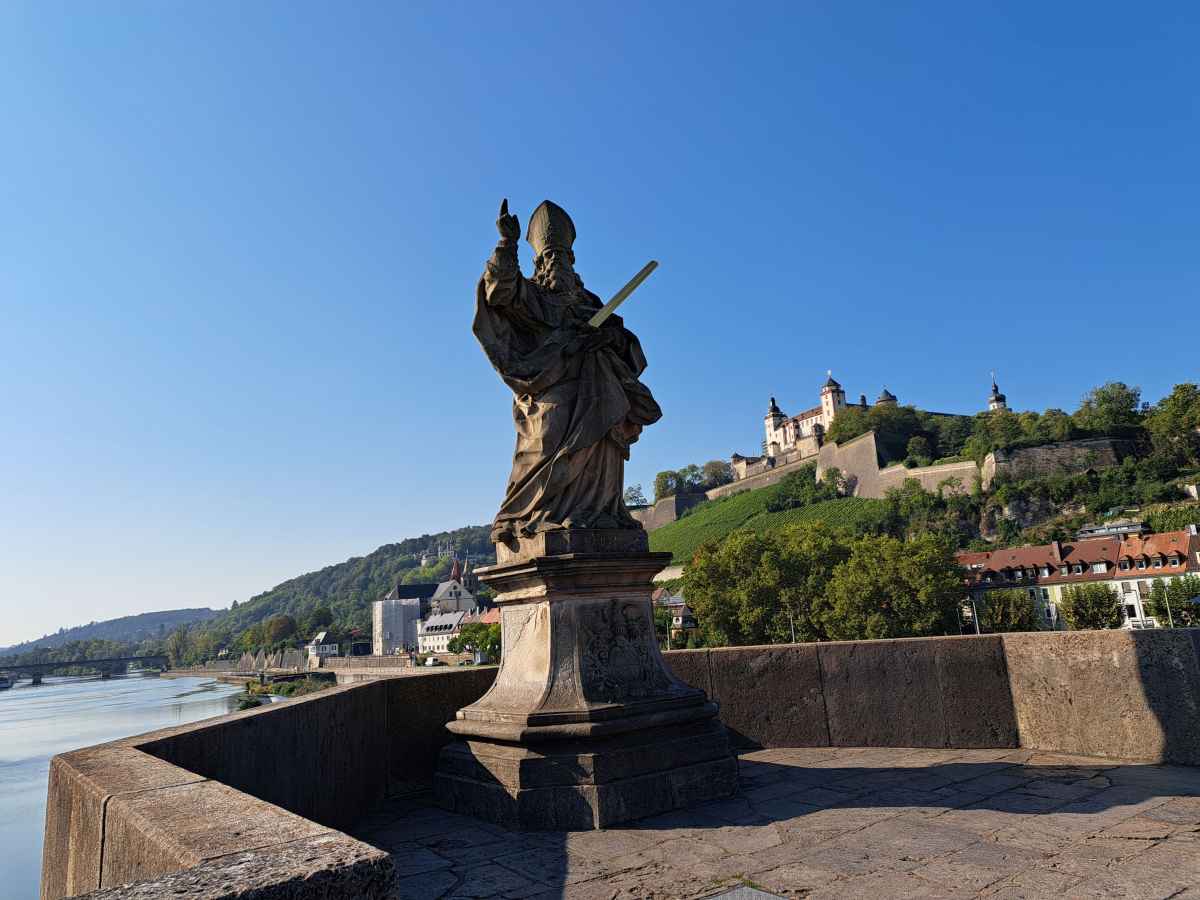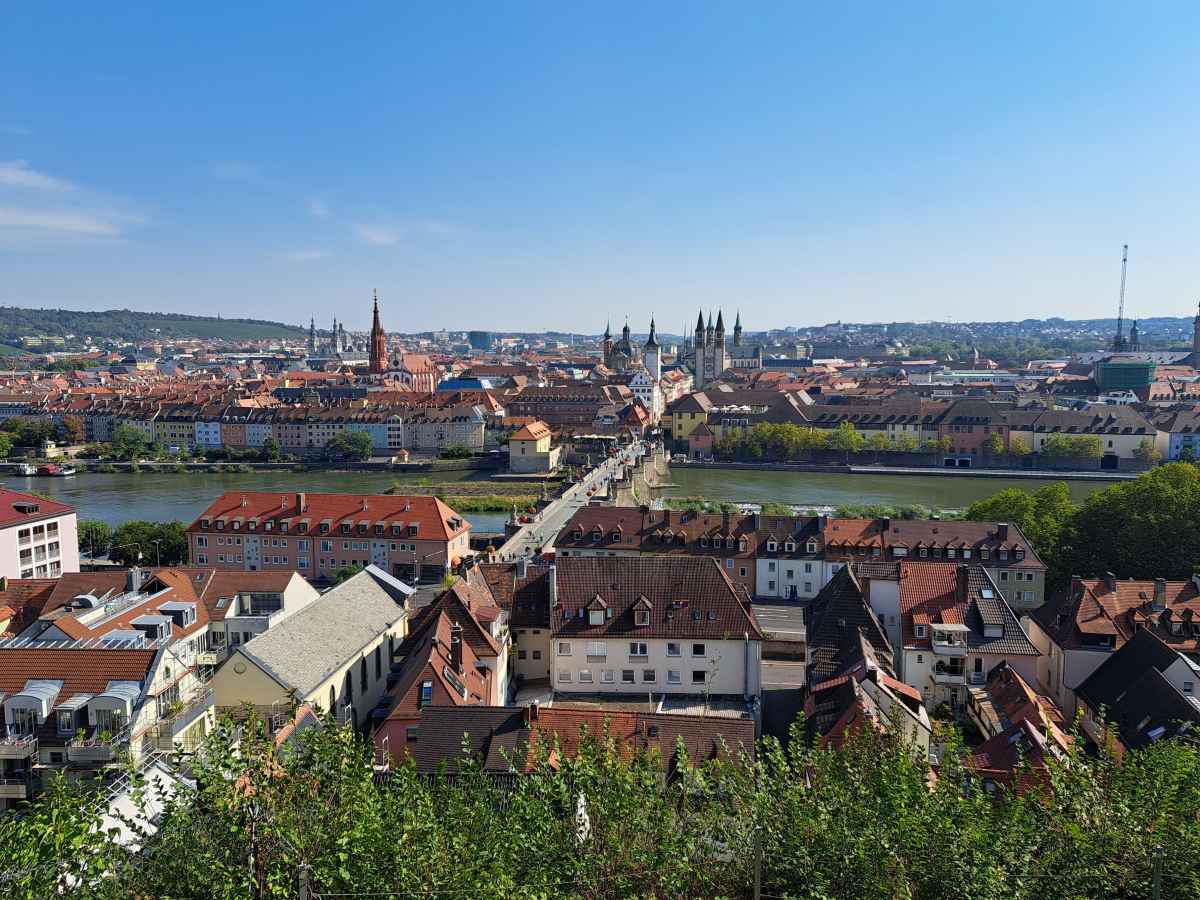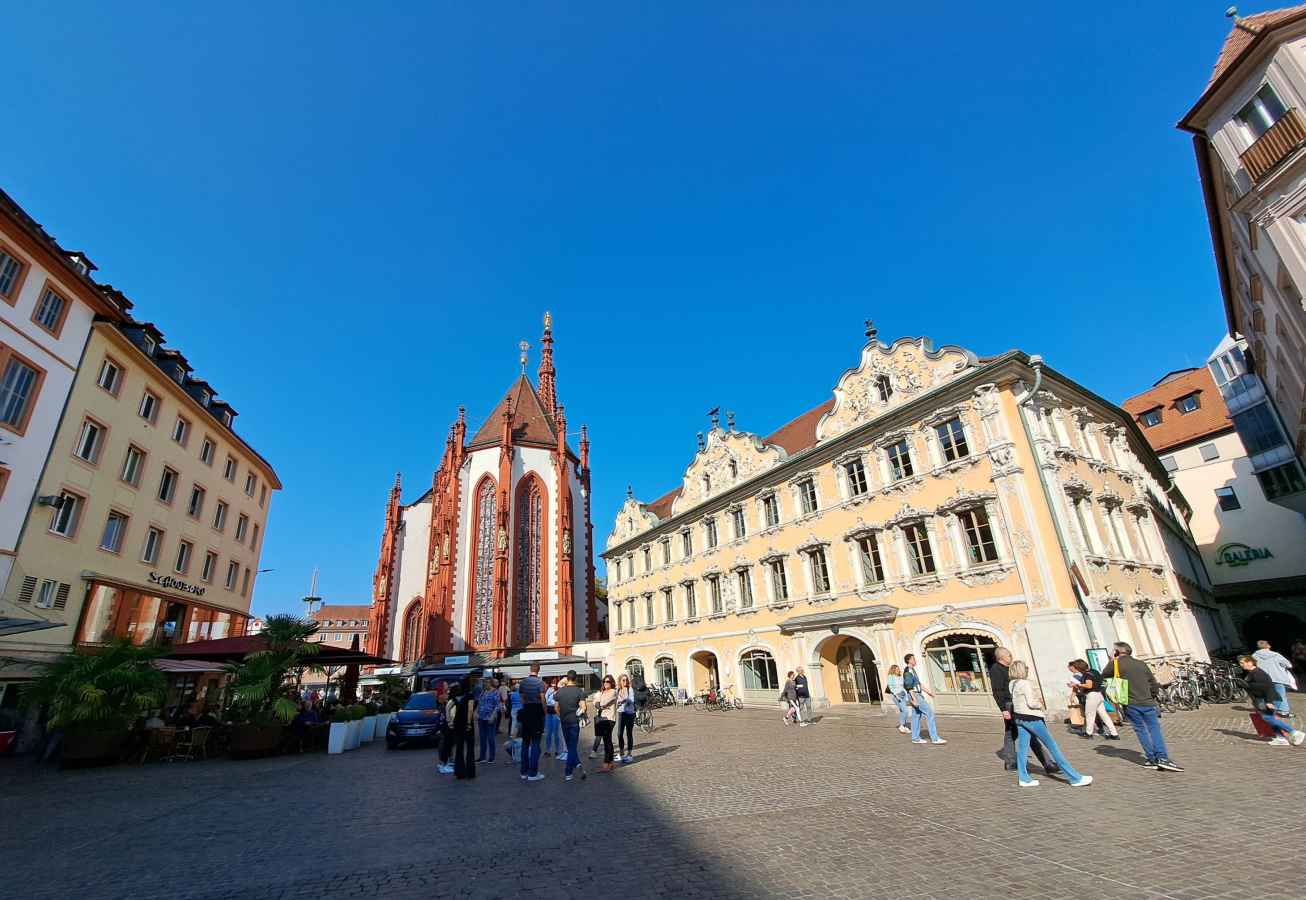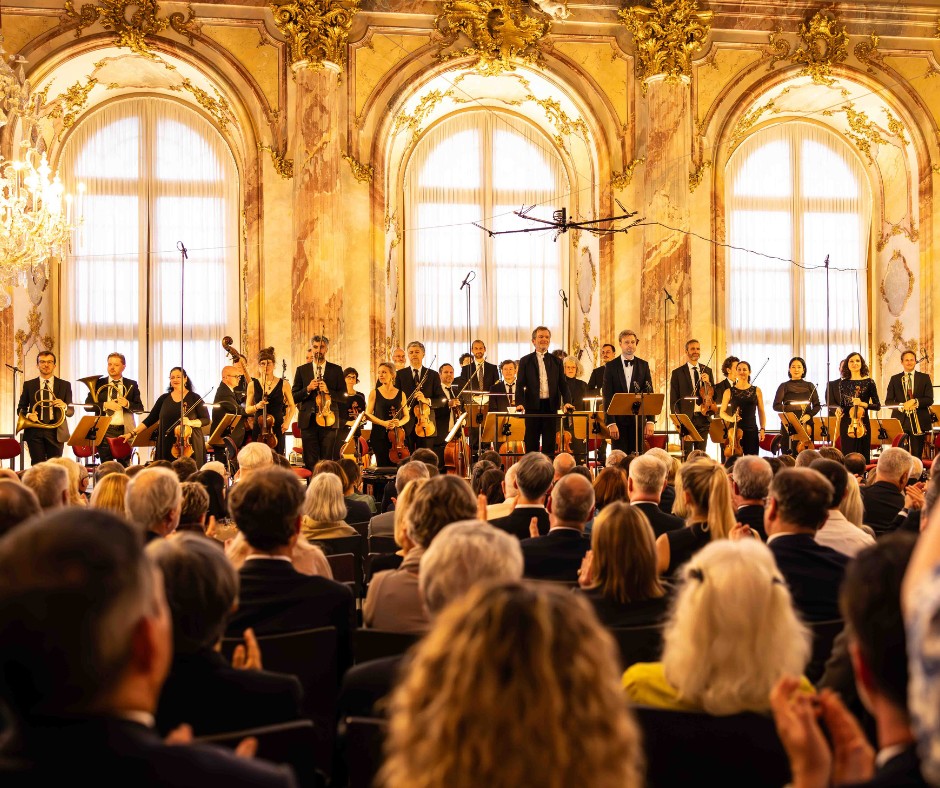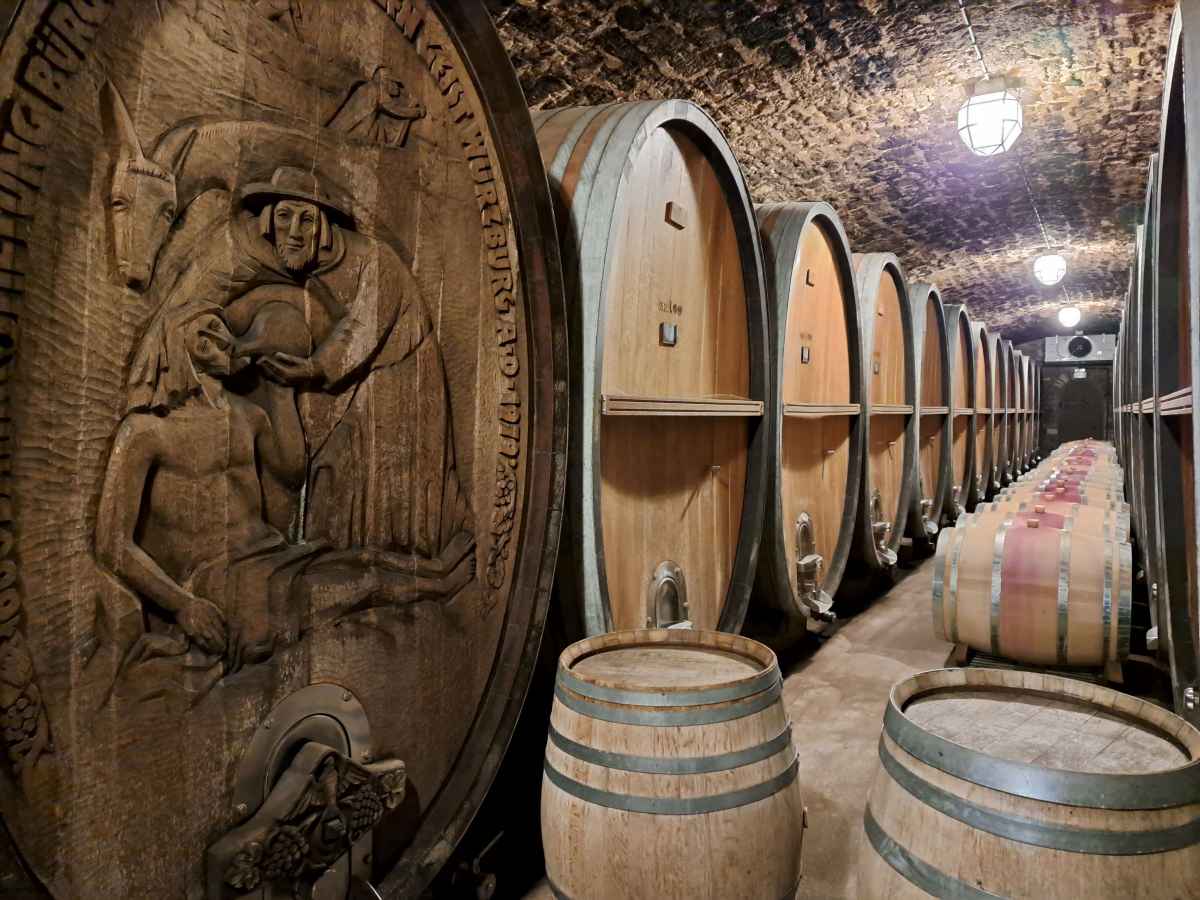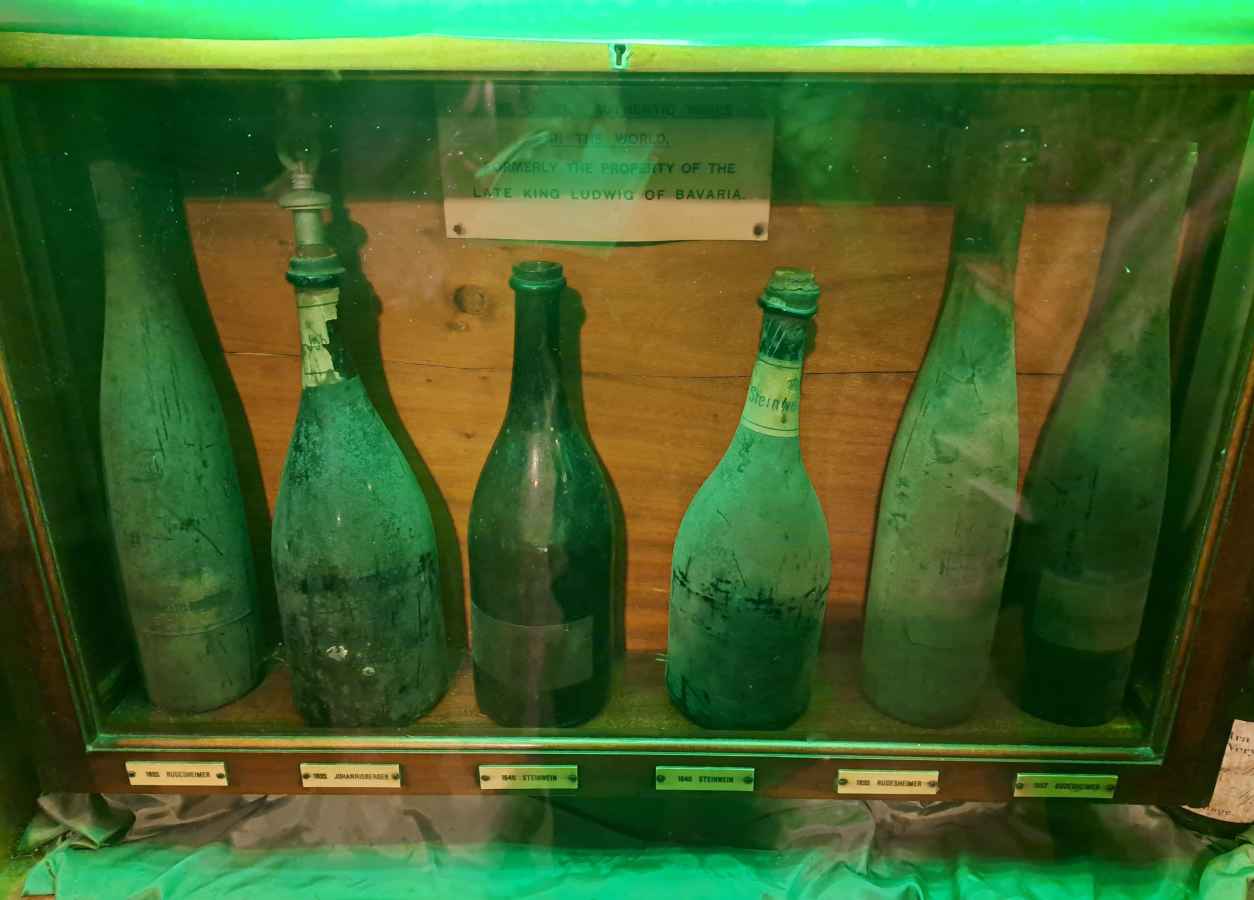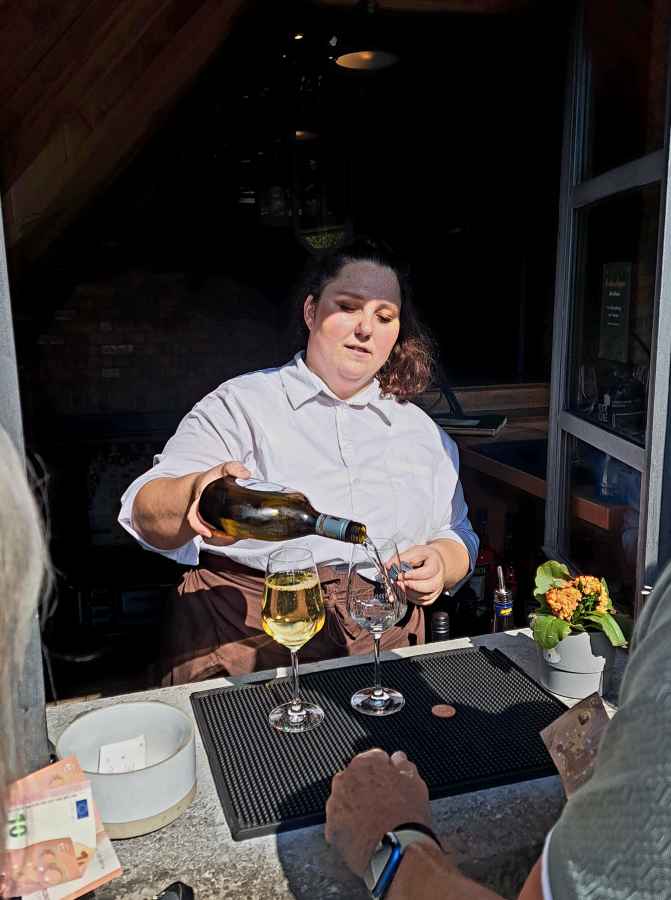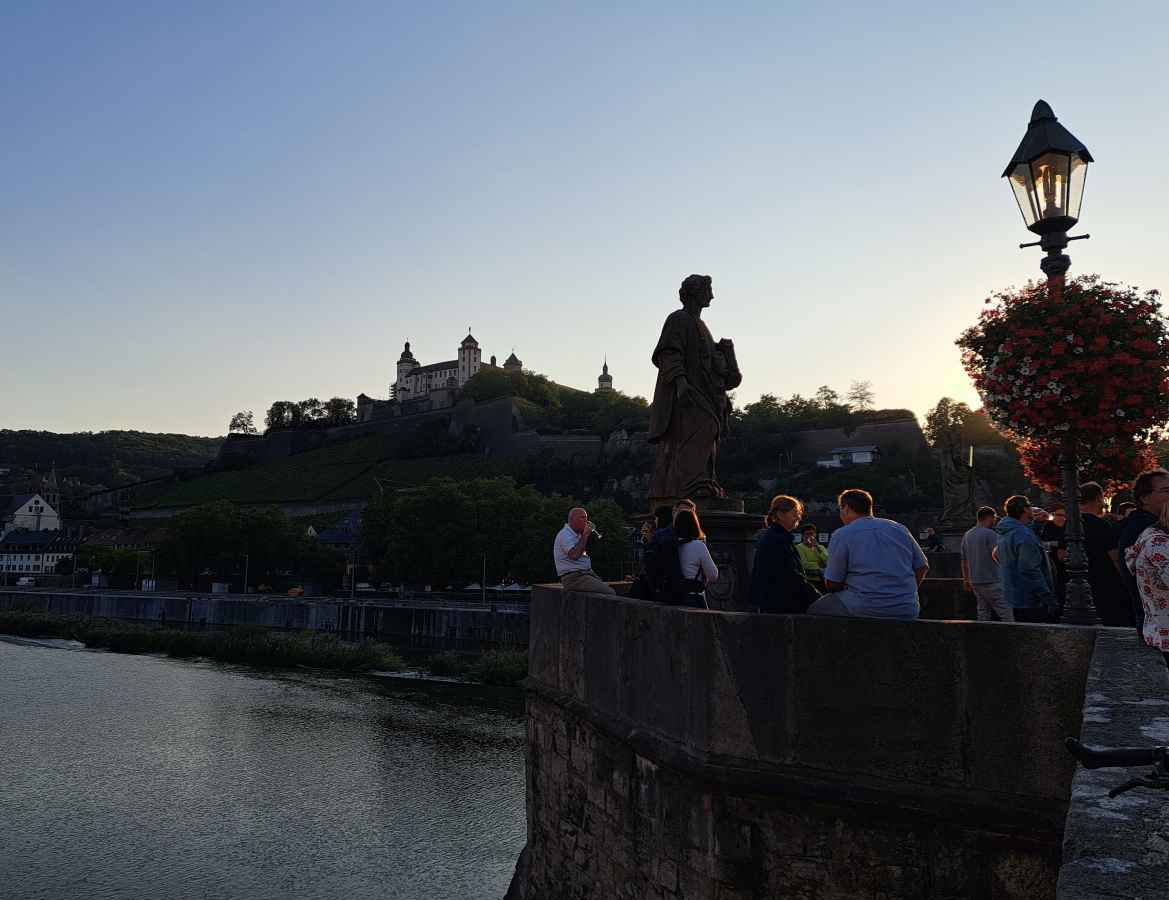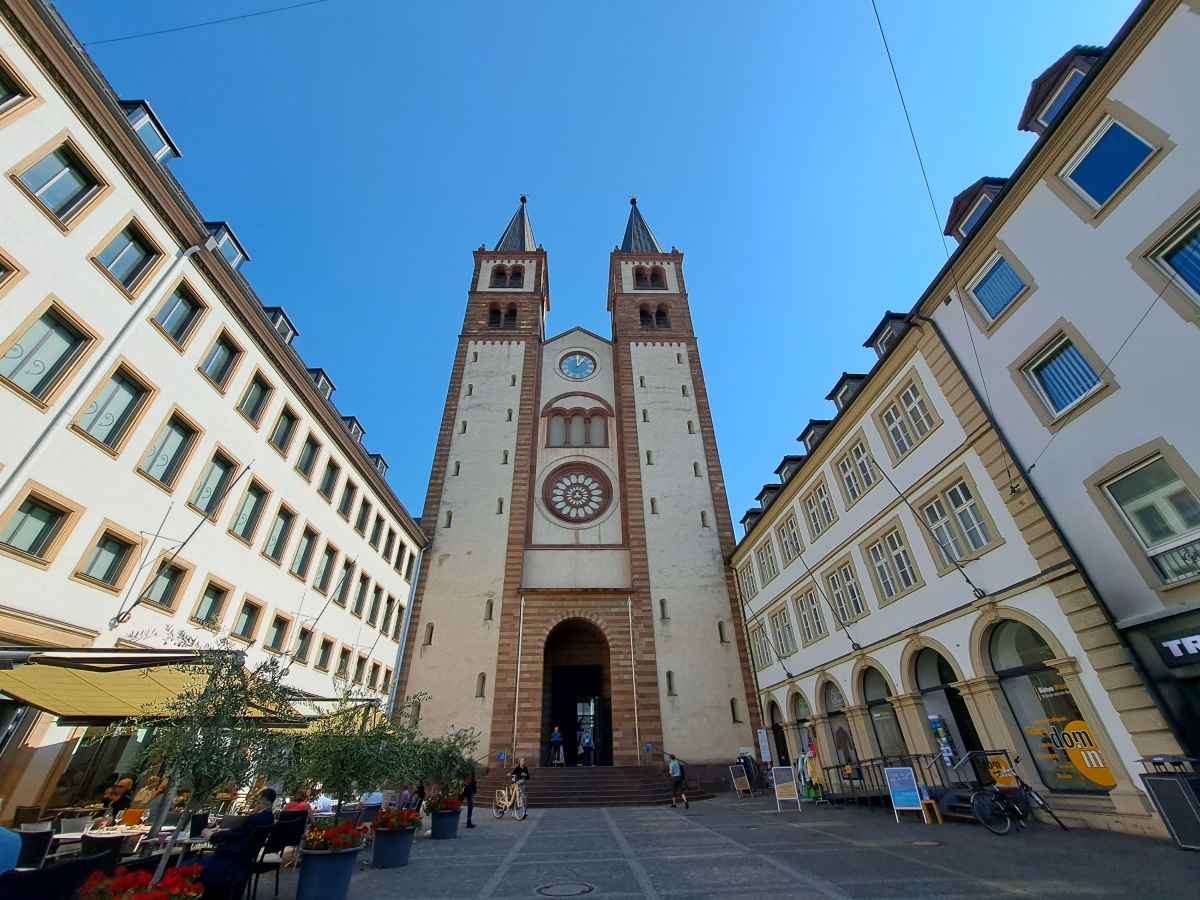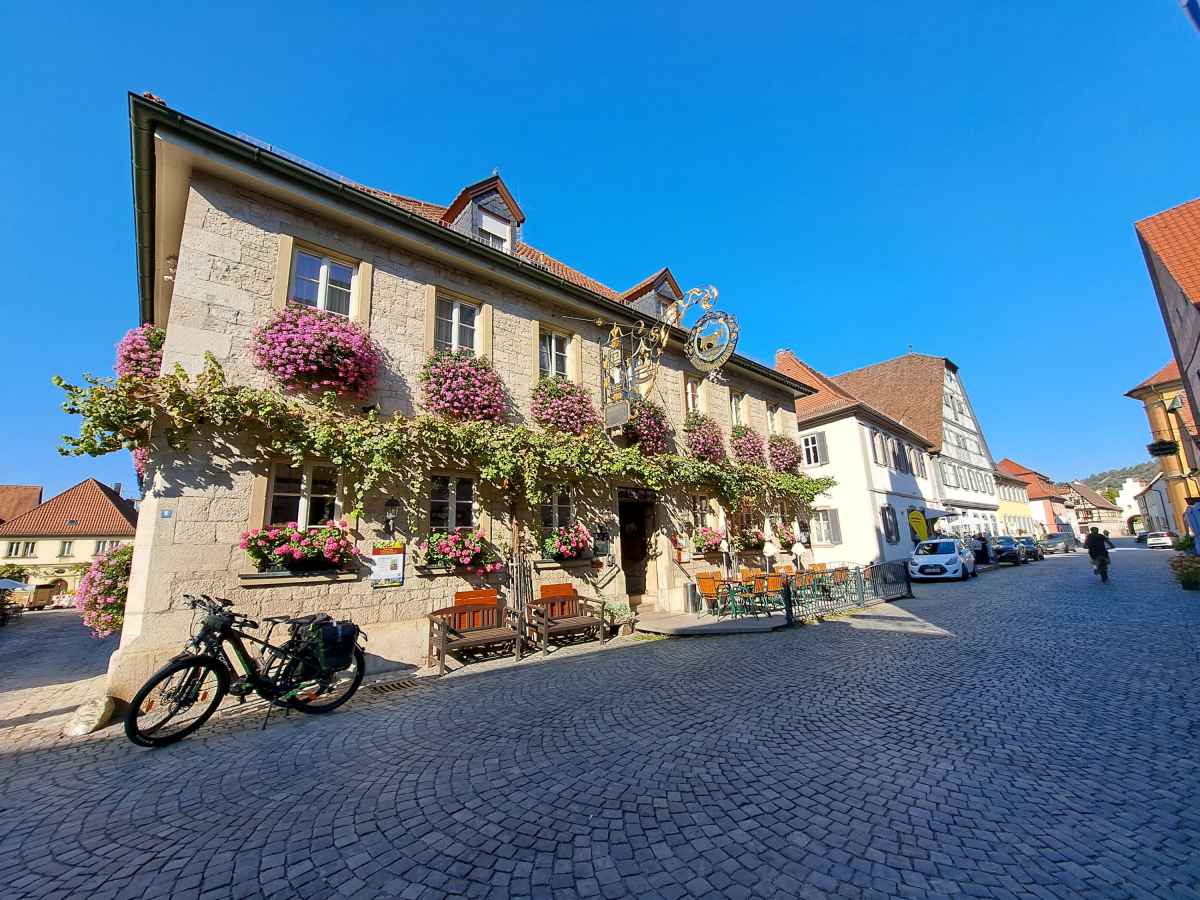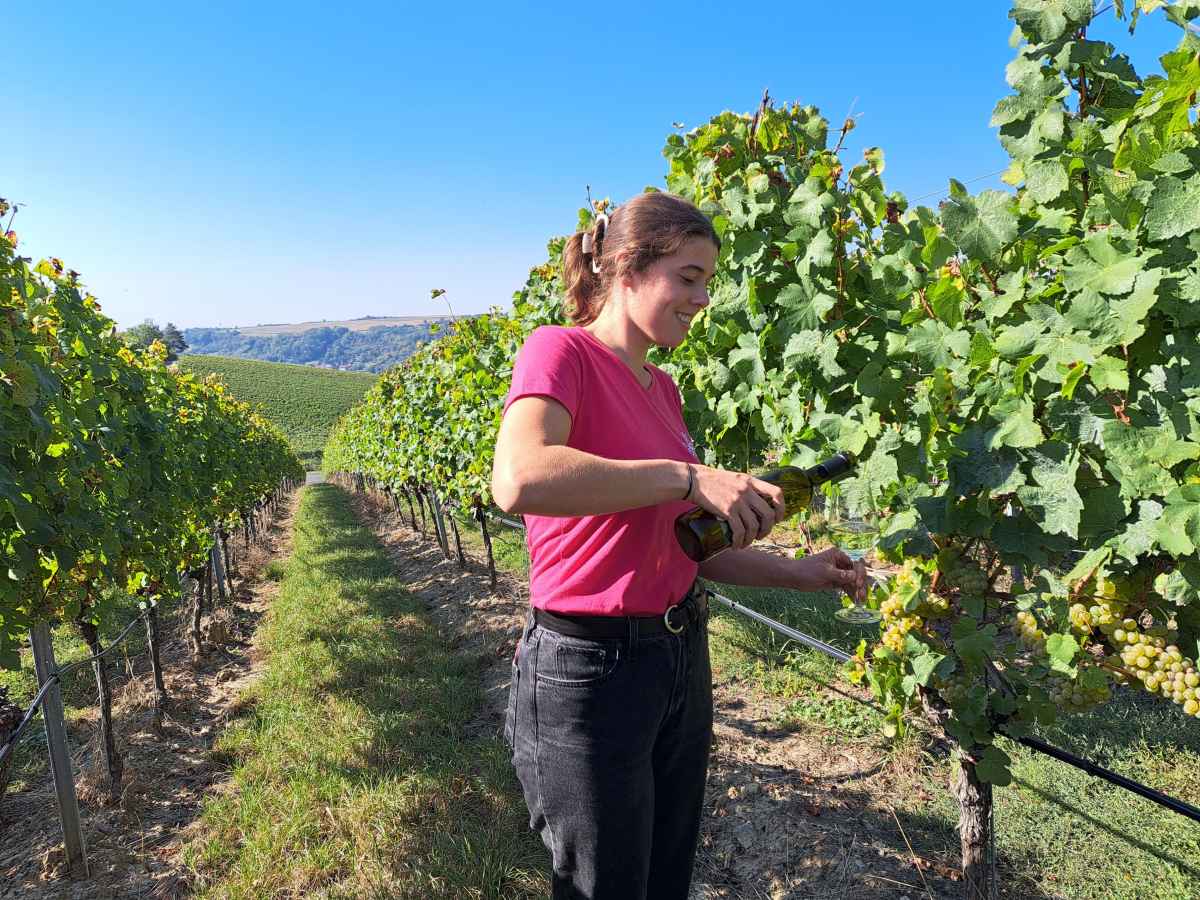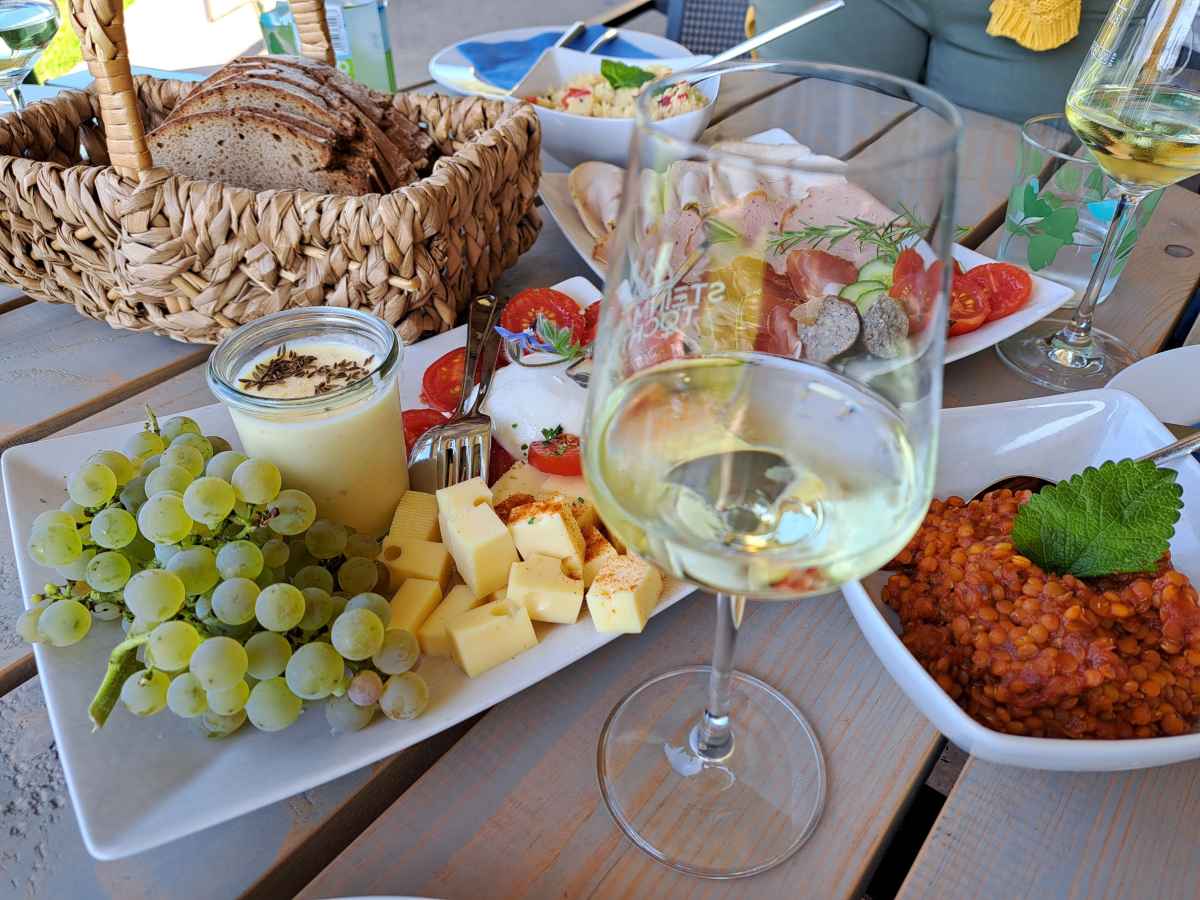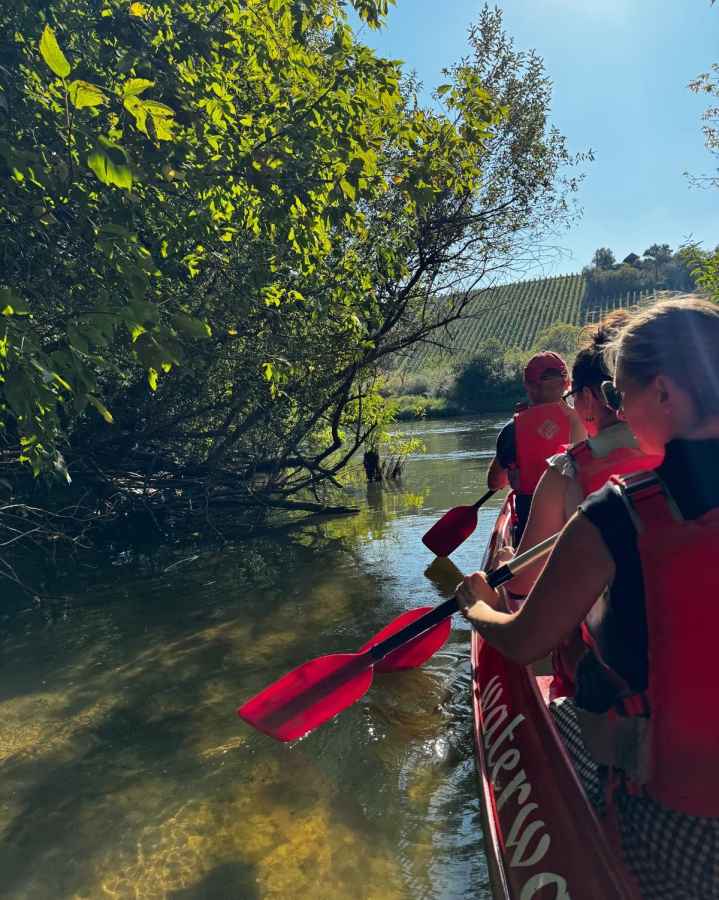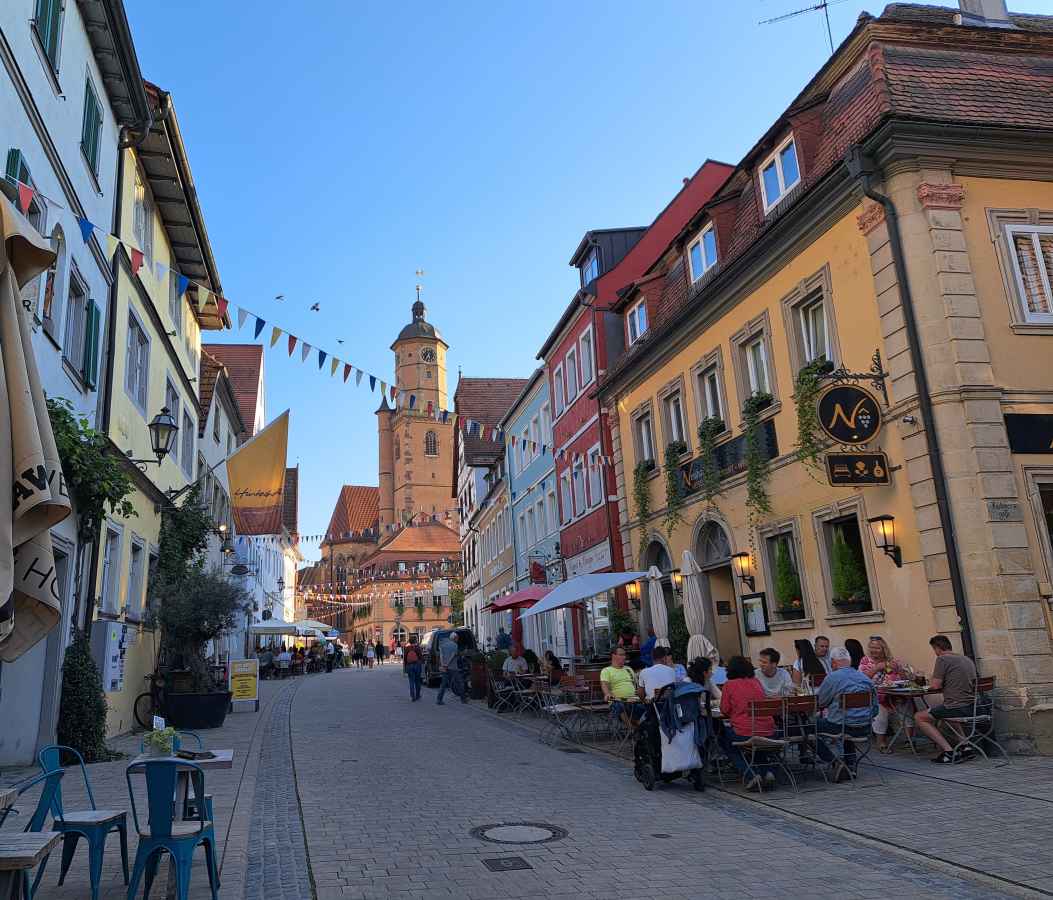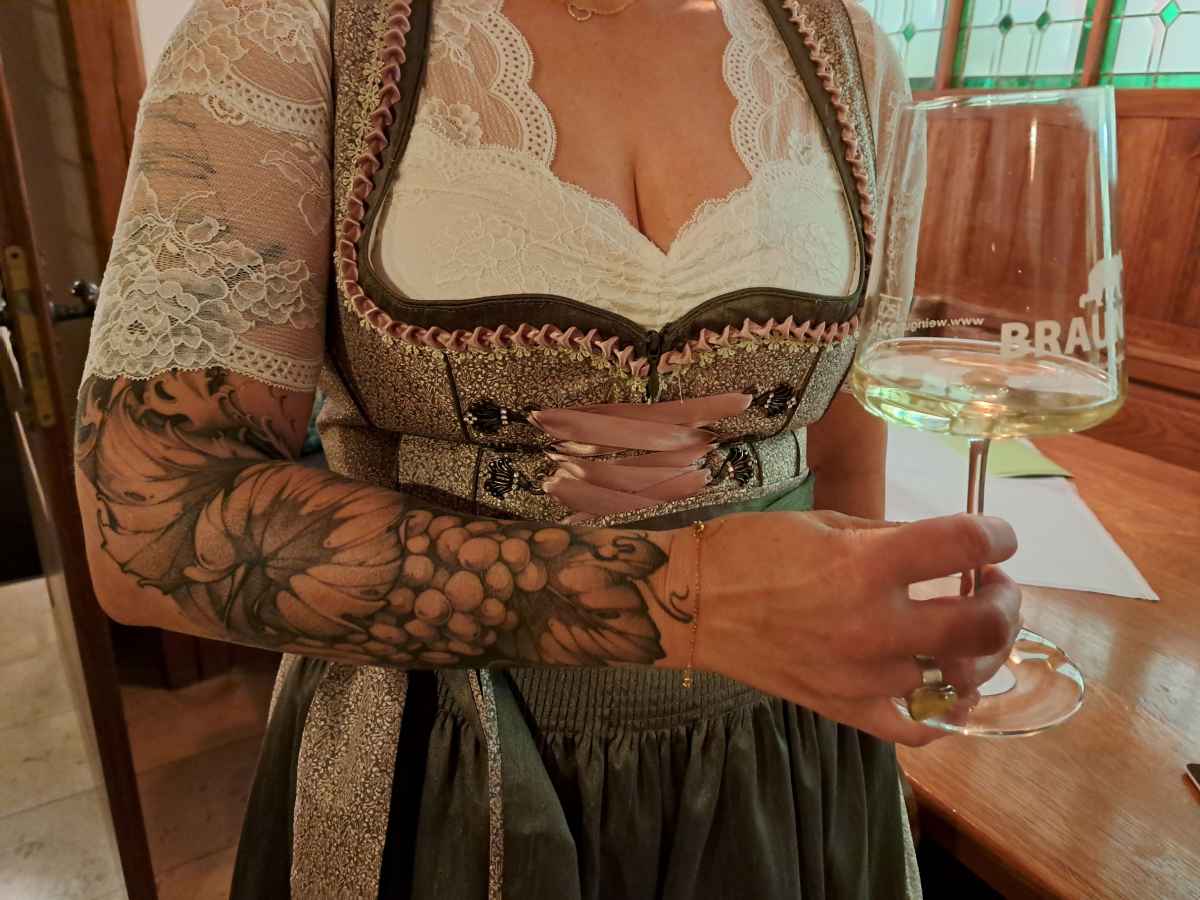UNCORKING THE WINES AND CULTURE OF FRANCONIA
Ramy James Salameh discovers Franconia's thousand-year-old winegrowing tradition, by exploring the history, culture and passion behind the many wines of this beautiful region.
Würzburg
Our bullet-nosed deutsche-Bahn ICE train, silently glided under the arching glass and steel canopy defining Frankfurt Central Station, leaving the city of Goethe and skyscrapers behind. The train interplayed and intertwined with the ‘Main River’, vaguely following its meandering path until the steep-sided ‘Steinwein’ (stone) vineyards signified we had arrived at the Franconian city of Würzburg.
In fact, it was wine from the ‘Stein’ vineyards, which was favoured by Johann Wolfgang von Goethe, one of Germany’s greatest literary figures. He was born in 1749, yet the wine heritage of this area pre-dates him by several centuries; the mighty grape has been cultivated for wine in Würzburg since the 8th century and defines this region to this day.
A Würzburger Fairytale
The film-set-like city centre instantly impressed; the fortified Marienberg Fortress sits imperiously above Würzburg, with neatly-braided rows of vineyards, draped steeply from its stone base. Taking in the panorama from this elevated perch, you could be forgiven for thinking Prague was laid out in front of you; from the ochre-coloured rooftops covering a medieval footprint of alleyways and market squares, to a plethora of church spires piercing the sky and a major river bisected by an ancient bridge edged by stone statues of twelve saints, does prompt a certain déjà vu.
Yet Würzburg’s near and distant vineyards, which wrap a protective arm around the city, is its distinction. Not to mention a lively student population spread across three universities, which have produced 14 Nobel prize winners, most notably Wilhelm Conrad Röntgen who discovered X-rays, and also the city’s masterfully authentic architectural renovations, which took place after the destruction of WWII.
Würzburg’s alleyways and pathways hide historic stories and legends, also cosy courtyards for patrons looking for a quiet coffee or a midday Silvaner and Reisling. Yet, unveiling themselves from these crooked lanes are buildings of great architectural importance, displaying their gothic, baroque, rococo and neo-renaissance facades, like peacocks proudly fanning their feathers. These include, St Kilian’s Cathedral, MarienKapelle (St, Mary’s Chapel), the Rathaus and Faulkenhaus.
What is unmissable is the UNESCO listed – ‘The Residence’, built by Balthasar Neumann, Europe’s greatest architect of the Baroque era. The former home of the Prince Bishops of Würzburg, held the nickname “the castle above all castles”; climbing the ‘Grand Staircase’ one can easily see why. With head tilted upwards, the trough vaulted ceiling with an awe-inspiring fresco painted by Venetian Giovanni Battista Tiepolo, depicting the four continents as perceived in 1752, demands your attention. What is so striking is that this huge fresco retains its vibrant colour-palette, as if Tiepolo had just put down his brush. The palace’s White Hall & Imperial Room, plays host to the annual Würzburg ‘MozartFest’; the classical music, dazzling under the chandeliers, the stucco-work and frescoes must be like stepping back in time.
Wine, wine glorious wine!
At the heart of everything is wine, wine, glorious wine! Wrought-iron signs depicting bunches of grapes, help direct visitors to shops, wine bars and cellars, whilst the round-bellied bottle - ‘Bocksbeutal’ - whose shape likely evolved from fitting into the pouches used for prayer books, carried by benedictine monks, is curated in window-displays on almost every street. Today, the bottle-shape is a mark of quality, often reflecting the craftsmanship and passion which has gone into producing a Franconian wine.
One of the city’s oldest wine producers is Bürgerspital, a foundation set-up in 1316 to help ‘the sick, the poor and the needy’ and retains this focus today. Located in the very heart of the city, it is one of the big-four wine estates, alongside ‘Staatlicher Hofkeller’, ‘Juliuspital’ another charitable foundation & ‘Weingut am Stein Ludwig Knoll’. The Bürgerspital cellar tour unveils vaulted spaces, elaborately carved barrel fronts and even a ‘Steinwein’ wine bottle dating to 1540 and once in the ownership of the late King Ludwig of Bavaria. Tastings of Reisling and Silvaner from the Pinot varietal, produced from their “Würzburg Stein-Berg” & “Stein-Harfe” estates, shape the character and complexity of these fine wines which bear the ‘eagle and grape’ insignia upon the shoulder of the bottles.
A clever way to explore several different cellars, bars or vinotheques, just like a local Würzburger, is to purchase ‘The Würzburg wine pass’. A series of vouchers provide the incentive to be sociable in different city settings, discovering wines of different colours and varieties, not just the Grüner Silvaner (the predominant grape of the region) and to be able to speak to locals about their city.
The place to exchange at least one voucher is the ‘Mainwein Bistro’ wine-window, on the iconic ‘Alte Mainbrücke’ stone bridge at sunset during ‘Brückenschoppen’ (drinking a 0.25I glass of wine). Only in the last few decades has this alfresco-experience become a local ritual; from a small restaurant window, glasses of wine are poured at pace to cope with the growing crowd, eager to stand by their favourite statue, usually the Irish martyr St. Kilian, and gossip with friends.
Alternatively, one can simply admire the vista; in one direction the silhouette of the castle, vineyards and Käppele (little chapel), both on the western bank of the river, whilst the symmetrical spires of St. Kilian’s Romanesque Cathedral provide the dramatic focal point on the eastern bank.
Exploring the wine villages
There is an authentically relaxed vibe to Würzburg and greater region, one which university lecturer Markus Shäfer puts down to "loving and identifying with our city and region, and of course there is the wine". Point your compass in any direction and stories of ‘grape-to-glass’ continues to thrive, providing the backdrop to the Franconian wine country, where viticultural heritage is a lifestyle, presented through wine festivals and family-run producers.
This is exactly what can be found in the nearby village of Sommerhausen. At first glance a quiet and unassuming place, but scratch the surface and innovation, entrepreneurialism and creativity wraps like vines around this historic picture-postcard destination, home to Germany’s smallest theatre. Behind the ancient village walls, artists, ceramicists, distillers, sculptors, a Michelin-starred restaurant and the ‘Steinmann’s Daughters’ wine estate busily curate new chapters to develop the village.
Sommerhausen radiates a distinct charm, and the two twenty-something Steinmann sisters, Pauline & Anna, who have been producing quality wines from their nearby vineyard, play their part in this appeal. Whilst they wear bright pink t-shirts, have engaging smiles, they are committed, qualified and hands-on wine-makers making a success of this generational business.
Taking to the river
The terroir, mineral-rich composition of the region’s finest wines can be better understood when in nature and visiting local vintners. Whether from the saddle or on-foot following the long-distance ‘MainRadweg' (Main River Path) or even upon the tributaries of the river by Kayak. Opting for the latter, we gently paddled the snaking short-course of 5km, sharing the moment with ‘herons’, ‘beavers’ and other flora and fauna. Our Kayak navigated passed fisherman casting their lines and the odd group of swimmers, who had found their sandy inlet from which to frolic. In the distance, the steeply inclined vineyards provided a ridgeline pathway for hikers and bikers to hop from one wine estate to another and one town to the next.
Our Kayak moored close to the town of Volkach, situated in the heart of the Franconian wine region. Entering the towns ancient and arched upper gate, colourful bunting was strung between buildings, part of the festivities which accompanied the largest Wine Festival in Franconia, the previous month. It takes place each August, attracting some 50,000 wine-lovers, offering guests the chance to sample 100 different wines.
Outside of festival time, the market square seems the place to take your glass of wine and sit beside the 15th Century fountain depicting ‘Maria Immaculata’, whilst admiring the 16th century town hall and the elegant half-timber houses that adorn this central area. Visitors are encouraged to wander with glass in-hand, either window-shopping or like we did, searching-out the family-run winery ‘Karl Müller’. As one of only two producers in the old town, it is another example of the younger generation taking the reins. Even in the midst of harvest, the current winemaker, Markus Müller was ready to fill our glass.
Lower Franconia has long held the knowledge, ingredients and terroir to produce the finest wines, but it has also fostered creativity and entrepreneurialism bringing a youthful energy and generation back to the smaller towns and villages. This is definitely using the past to fuel the future, and long may it continue.

